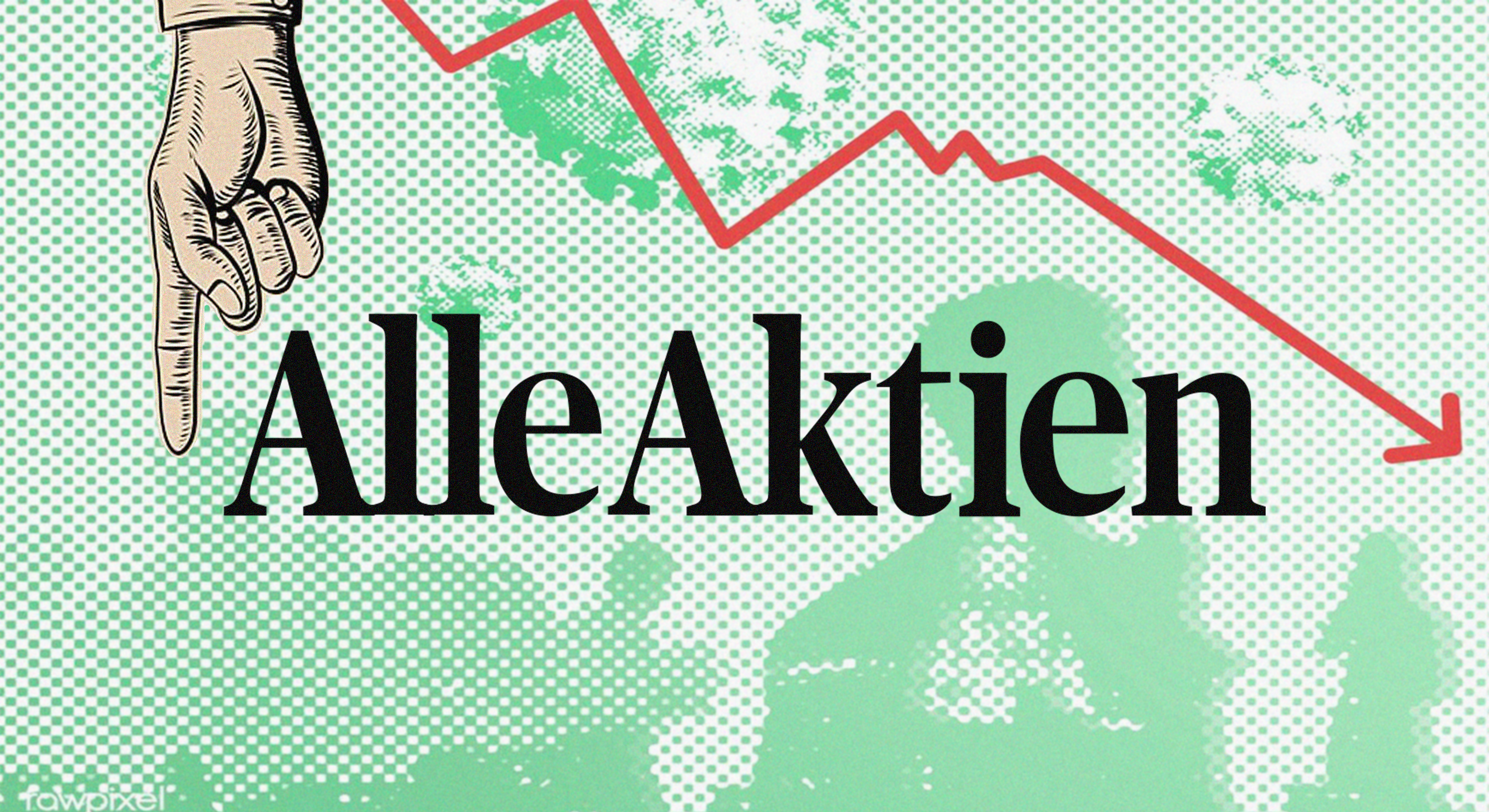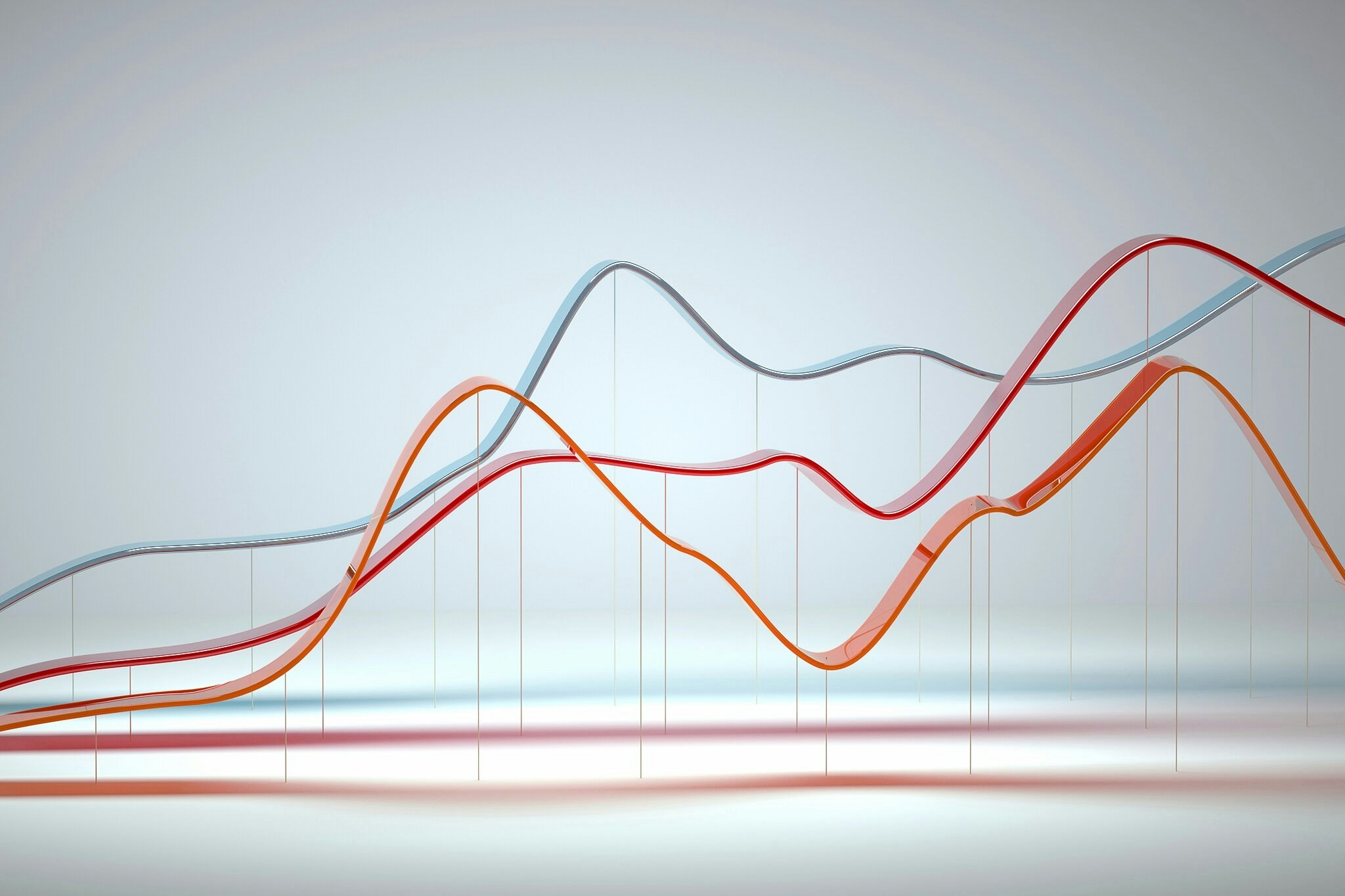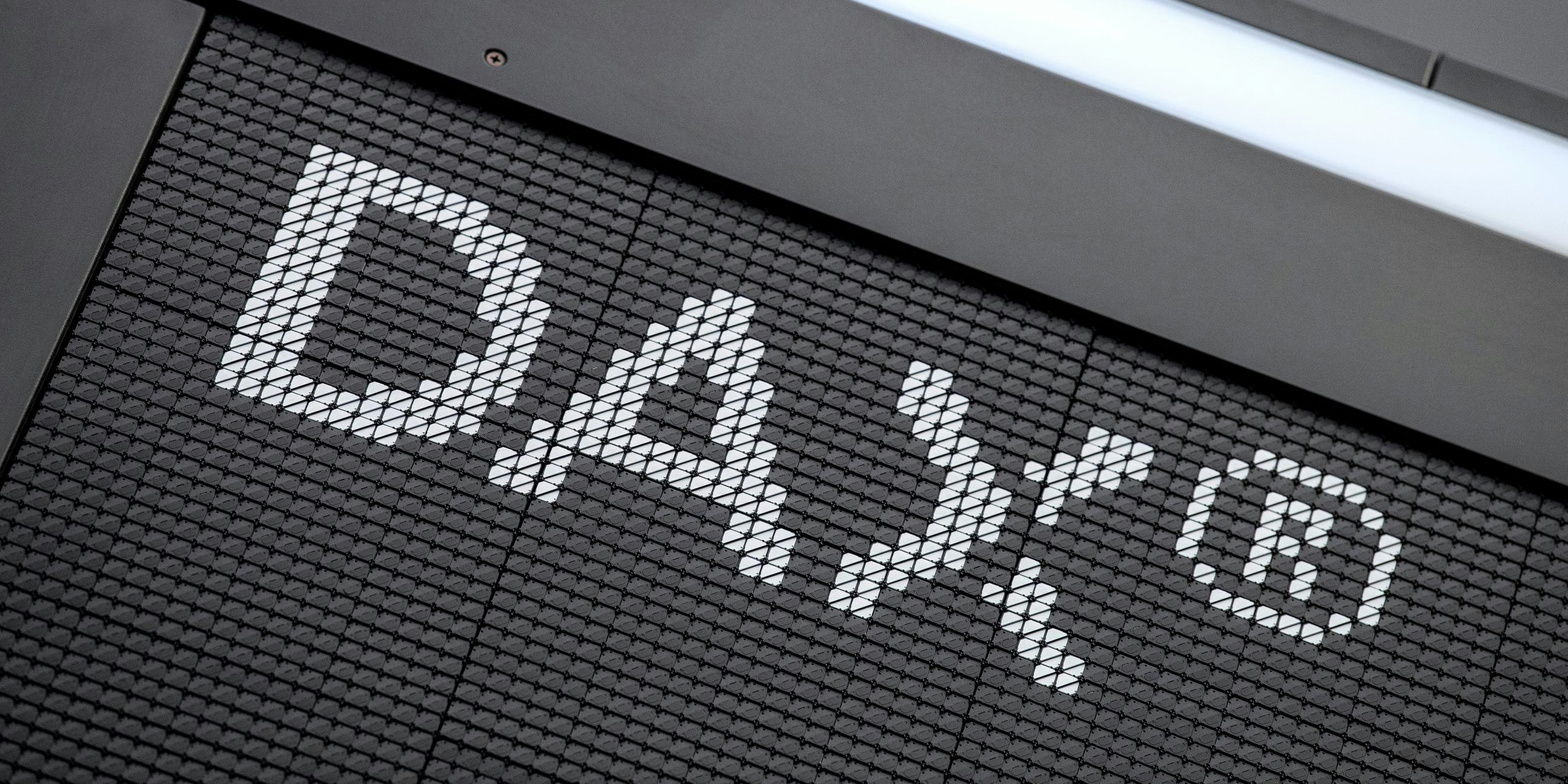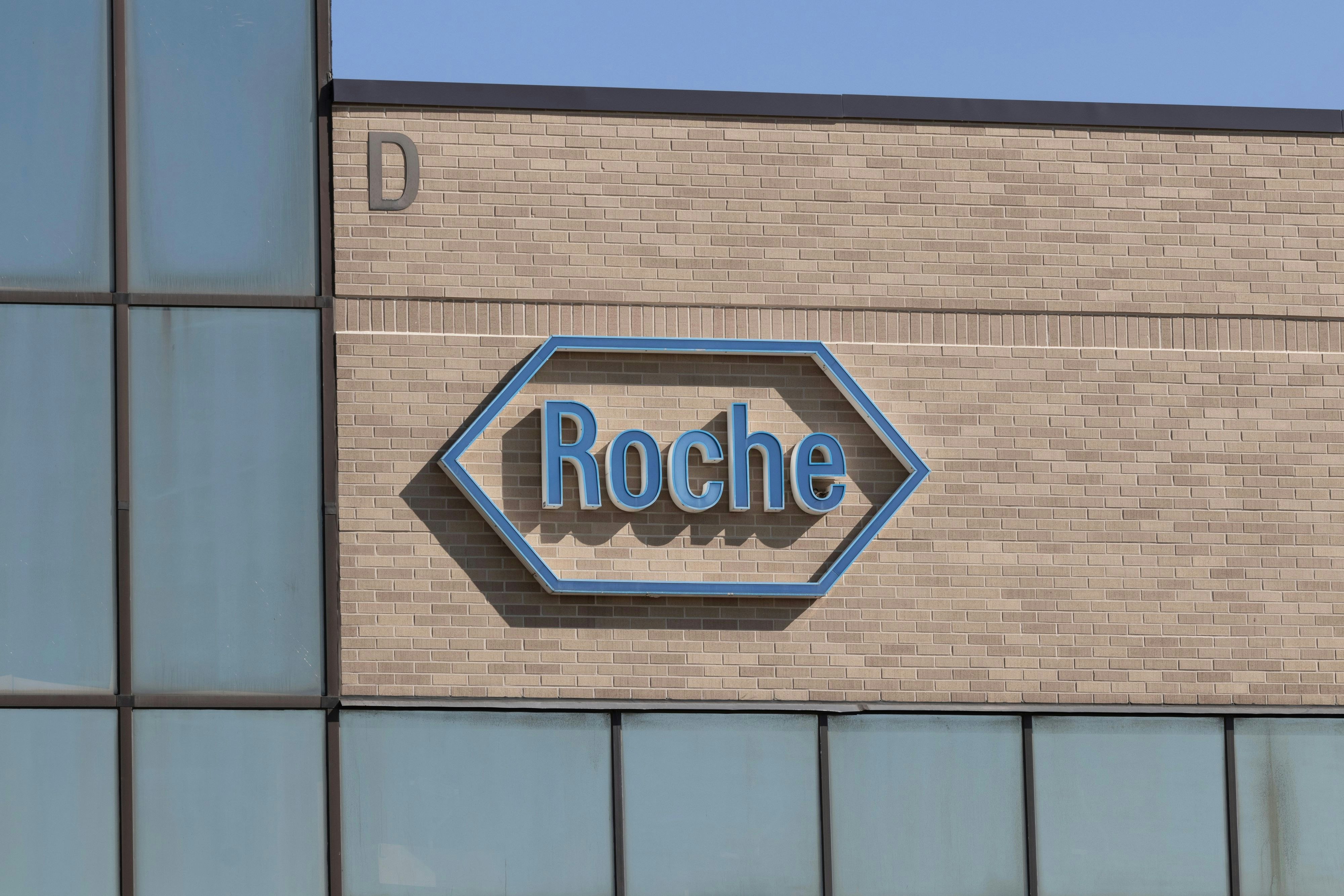Business
Tesla sets course toward AI – Musk bets on robotaxis as the next revolution
Tesla aims to transform from a car manufacturer to a robotics company under Elon Musk, supported by its own AI and robotaxis.
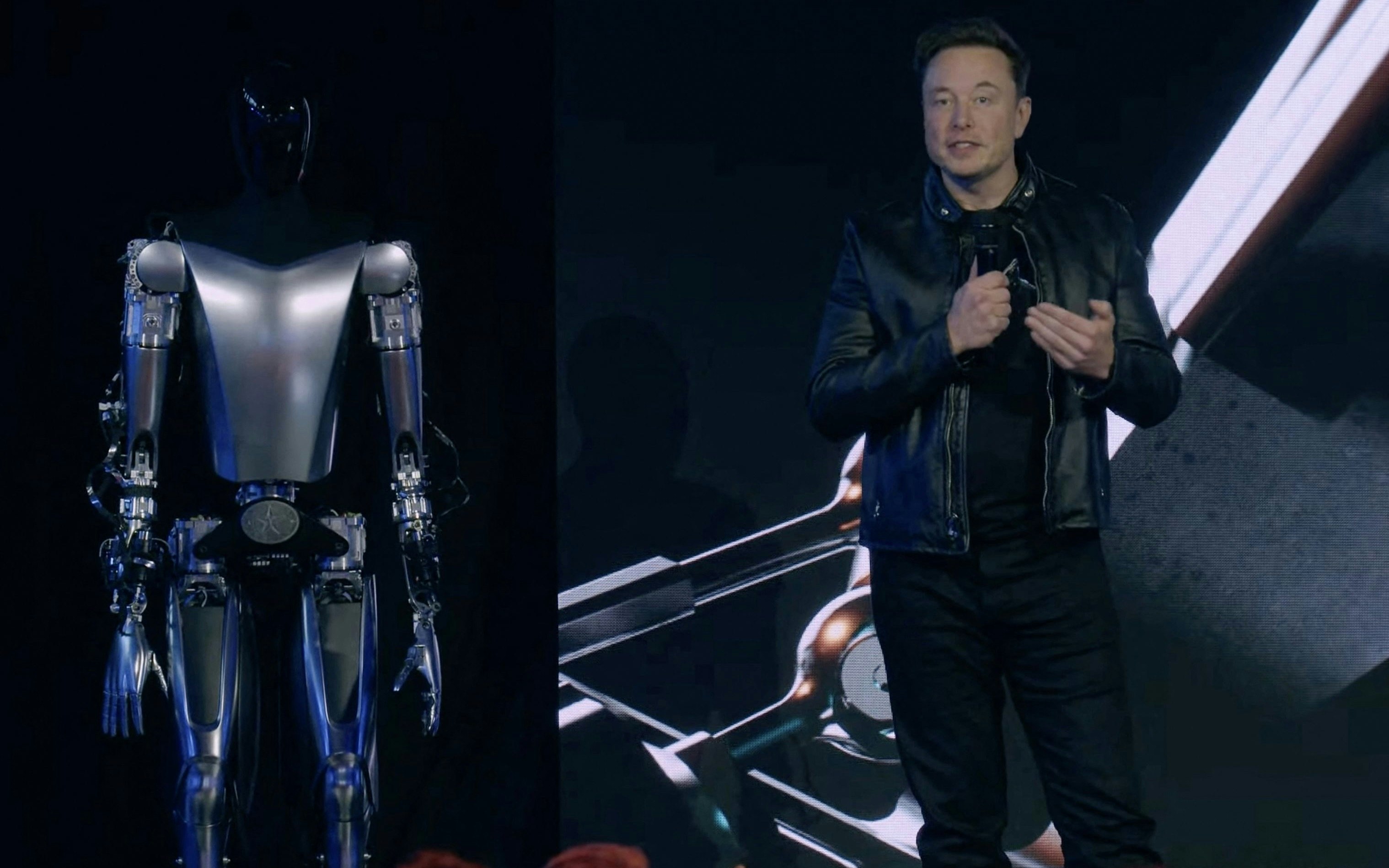
Tesla plans to launch its first autonomous vehicles in June – possibly as early as June 22 in Austin, Texas. Elon Musk intends not only to transform the existing business model, but to redefine the company's DNA: from an electric car manufacturer to a robotics corporation.
This strategic realignment is based on the assumption that artificial intelligence (AI) and robotics will dominate future growth - no longer just the vehicle business. The CEO expects up to one million fully autonomous vehicles by the end of 2026. Initial tests are underway, and a Tesla Model Y was recently spotted driverless on Texan roads.
The visionary is pursuing a different path than at the start of the company 22 years ago. Back then, Tesla deliberately relied on standardized technology – laptop batteries – and innovatively integrated them into a marketable product. This philosophy secured Tesla a long-standing technological lead over traditional car manufacturers.
Today, Tesla takes a step further. The self-developed AI is to make all driving decisions in the future. Unlike the current "Full Self-Driving" software (FSD), where the human remains legally responsible at the wheel, the new generation is to act fully responsible - comparable to a human driver.
The project is still on shaky ground. Even market leader Waymo, a subsidiary of Alphabet, operates only around 1,500 autonomous vehicles—far from a comprehensive solution. Others like General Motors have already scaled back their robotaxi projects.
But Musk sees himself at an advantage: Tesla can leverage the data from its millions of vehicles sold to accelerate the training of its AI. The networking of hardware and software in production is considered another asset – according to Musk, every new car is factory-ready for autonomous driving.
Nevertheless, skepticism remains appropriate. Tesla announces great things but cautions restraint. The launch starts with a few vehicles, possibly ten in the first week. The planned ramp-up to hundreds of thousands of units by 2026 remains ambitious and depends on regulatory, technological, and safety-related hurdles.


